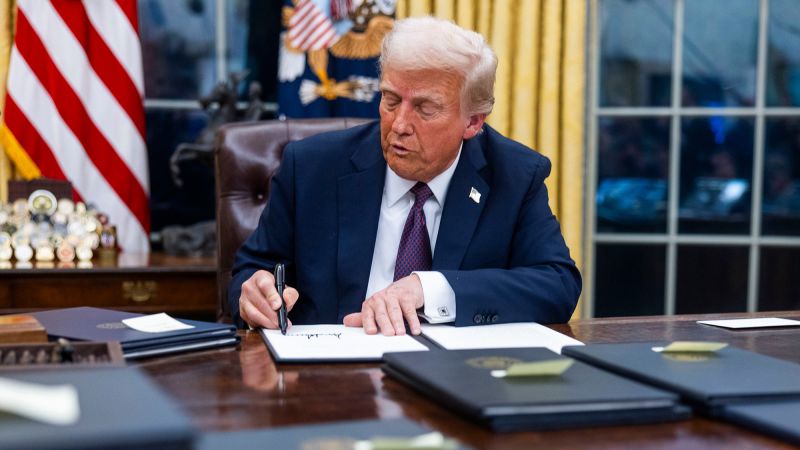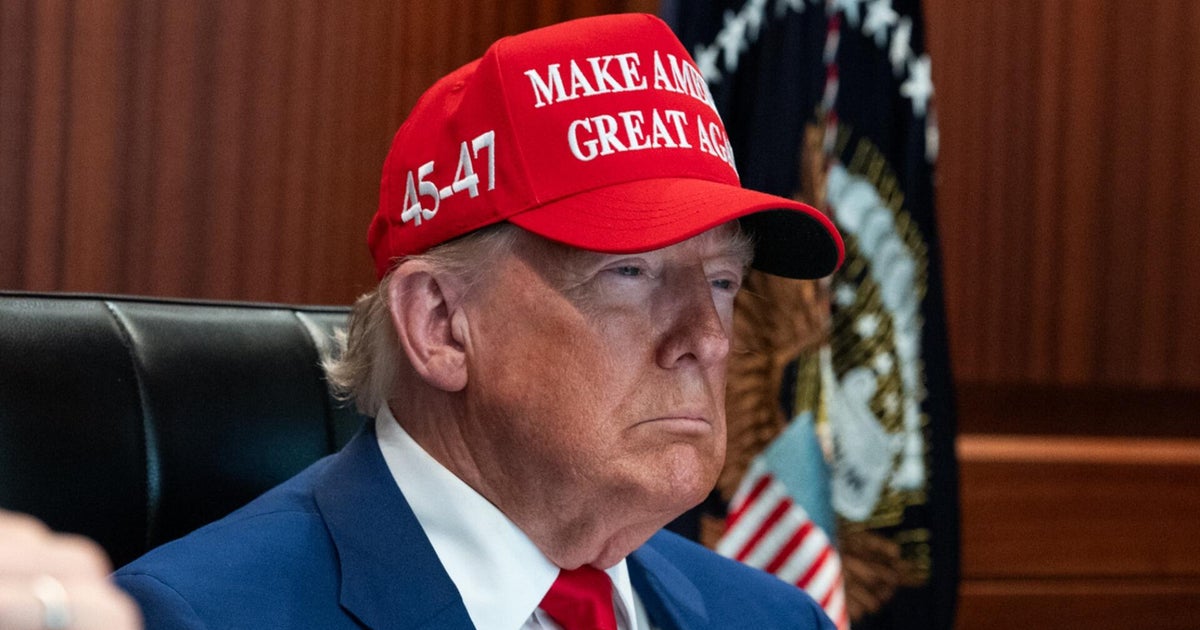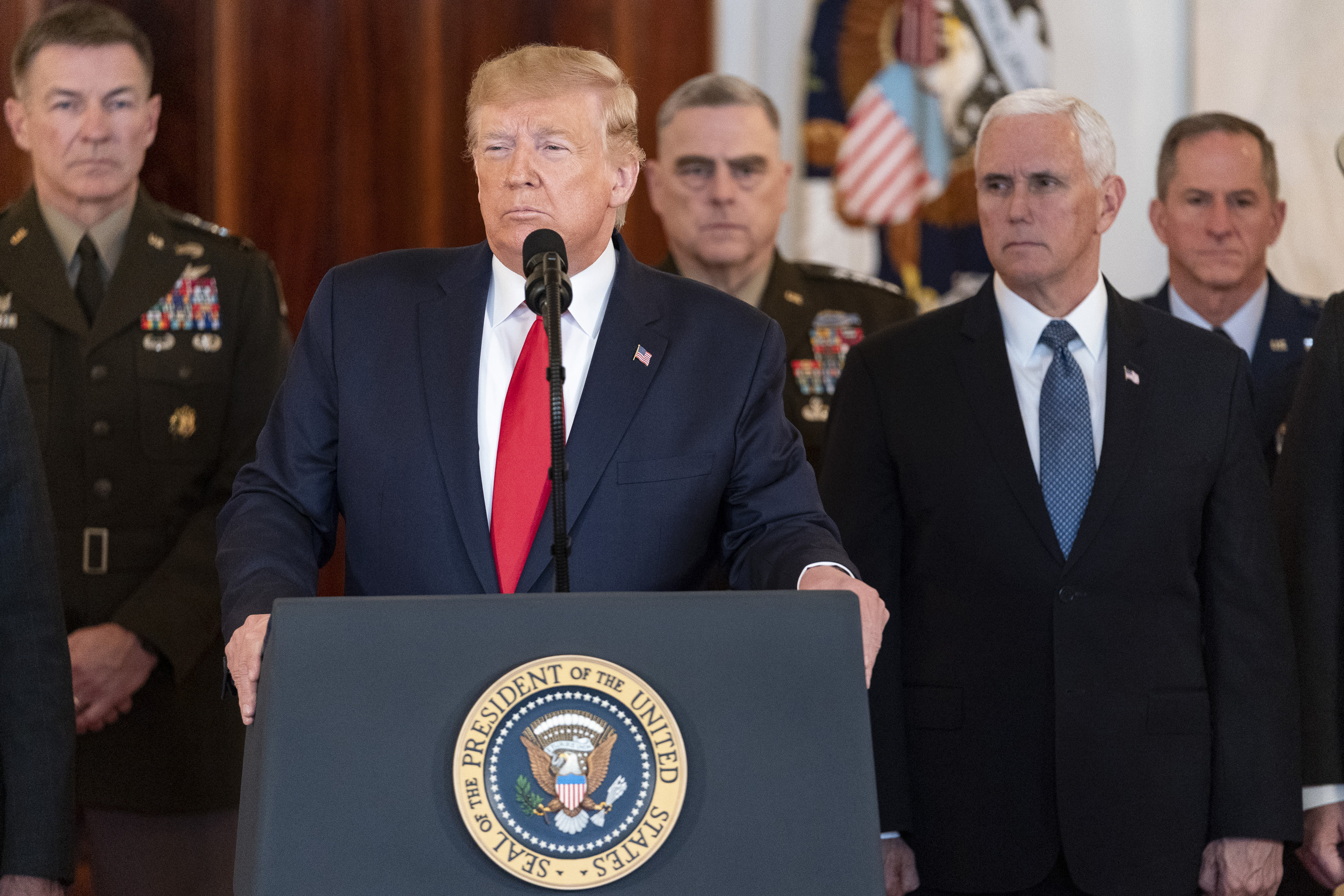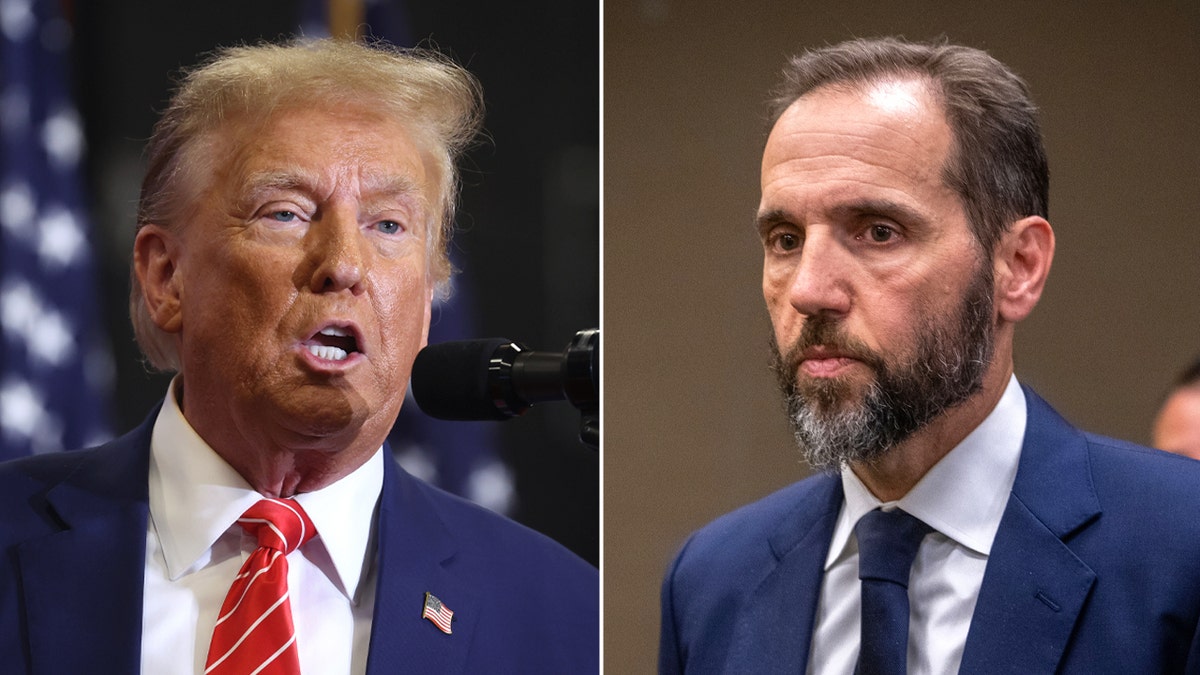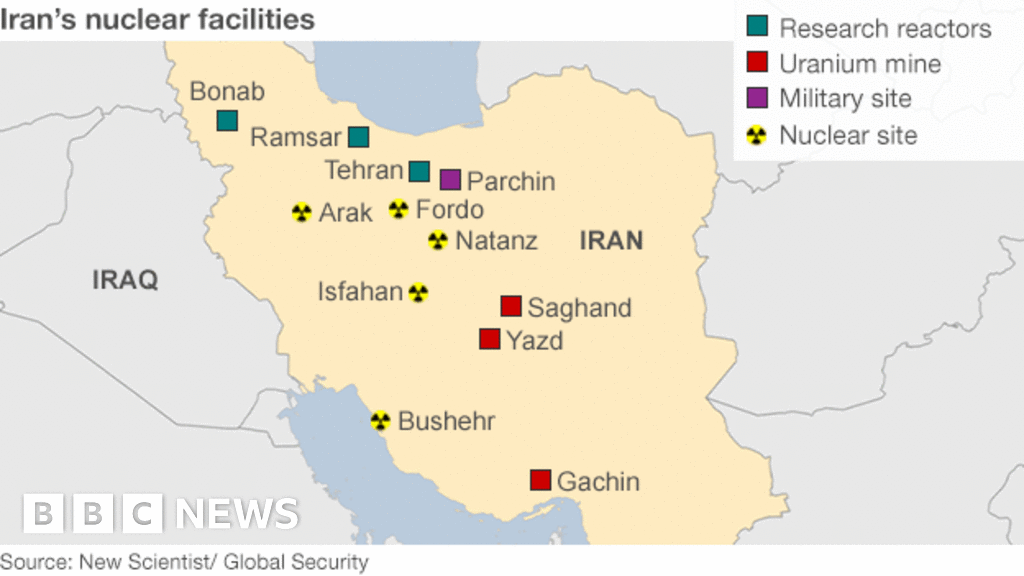Powell Expected to Defend Fed's Cautious Approach at Upcoming Testimony
#federal reserve #jerome powell #economic expansion #rate cuts #political pressure

About the People Mentioned
Jerome Powell
Jerome H. Powell is the Chair of the Board of Governors of the Federal Reserve System, the central bank of the United States, a position he has held since February 2018 following his initial appointment by President Donald Trump and subsequent reappointment by President Joe Biden for a second four-year term in May 2022[2][5]. He also chairs the Federal Open Market Committee, the Fed’s principal monetary policymaking body[2]. Powell’s tenure spans some of the most significant economic challenges in recent U.S. history, including the post-Great Recession recovery and the financial fallout from the COVID-19 pandemic[3][6]. Born on February 4, 1953, in Washington, D.C., Powell holds an AB in politics from Princeton University (1975) and a law degree from Georgetown University (1979), where he was editor-in-chief of the Georgetown Law Journal[2]. His career before the Fed included roles as a lawyer and investment banker in New York City, a partner at The Carlyle Group (1997–2005), and a visiting scholar at the Bipartisan Policy Center focusing on fiscal issues[2][5]. He served as both Assistant Secretary and Under Secretary of the Treasury under President George H.W. Bush, with responsibilities for financial institutions and the Treasury debt market[2][5]. Powell was first nominated to the Federal Reserve Board by President Barack Obama in 2012 and assumed office in May of that year, later being reappointed for a term ending January 31, 2028[2][8]. As Fed Chair, he initially continued the policy of gradually raising interest rates—a process begun under his predecessor, Janet Yellen—to return monetary policy to more normal levels after the 2007–08 financial crisis[3]. This approach drew criticism from President Trump, who publicly opposed further rate hikes, but Powell maintained that such measures were necessary to prevent inflation and ensure long-term stability[3]. Powell’s leadership was again tested during the COVID-19 pandemic, when he led the Fed in slashing interest rates to near zero, launching emergency lending programs, and purchasing corporate debt to stabilize financial markets—actions that significantly expanded the central bank’s role in the economy[3]. Despite political pressures from both Democratic and Republican administrations, Powell has been praised for his steady, data-driven approach to monetary policy[6]. He resides in Chevy Chase, Maryland, with his wife and three children[6]. As of 2025, Powell remains a central figure in U.S. and global economic policy, overseeing the Fed’s efforts to balance inflation control with support for economic growth amid ongoing uncertainties in the financial landscape[2][5].
Donald Trump
Donald John Trump, born June 14, 1946, in Queens, New York, is an American businessman, media personality, and politician. He graduated from the University of Pennsylvania’s Wharton School in 1968 with a degree in economics. In 1971, he took over his family’s real estate business, renaming it the Trump Organization, through which he expanded into building and managing skyscrapers, hotels, casinos, and golf courses. Trump gained widespread fame as the host of the reality TV show *The Apprentice* from 2004 to 2015, which helped establish his public persona as a successful entrepreneur. Trump entered politics as a Republican and was elected the 45th president of the United States, serving from 2017 to 2021. His presidency was marked by significant policy actions including tax cuts, deregulation, the appointment of three Supreme Court justices, renegotiation of trade agreements (notably replacing NAFTA with the USMCA), and a focus on immigration control including border wall expansion. He withdrew the U.S. from international agreements such as the Paris Climate Accord and the Iran nuclear deal, and engaged in a trade war with China. His administration’s response to the COVID-19 pandemic was criticized for downplaying the virus’s severity. Trump was impeached twice by the House of Representatives—first in 2019 for abuse of power and obstruction, and again in 2021 for incitement of insurrection—but was acquitted by the Senate both times. After losing the 2020 election to Joe Biden, Trump challenged the results, culminating in the January 6, 2021, Capitol riot. He remains a central figure in American politics, having won the 2024 presidential election and returned as the 47th president in 2025, continuing to promote policies aimed at economic growth, border security, and military strength[1][2][3][4].
About the Organizations Mentioned
U.S. Federal Reserve
The **U.S. Federal Reserve System**, established by the Federal Reserve Act on December 23, 1913, is the central banking system of the United States designed to provide a safer, more flexible, and stable monetary and financial system[3][1]. It was created in response to frequent banking panics, notably the Panic of 1907, which revealed the need for a central authority to manage the nation's money supply and provide emergency liquidity to banks[4]. The Federal Reserve’s core roles include conducting national **monetary policy** to maximize employment, stabilize prices, and moderate long-term interest rates (the "dual mandate"), supervising and regulating banks to ensure financial stability, maintaining the payment and settlement systems' safety and efficiency, and providing financial services to the government and financial institutions[3][7][9]. The Fed’s structure combines a **Board of Governors** in Washington, D.C., appointed by the government, and 12 regional Reserve Banks that operate independently within their districts, reflecting the country’s diverse economic regions[7][1]. Historically, the Fed has played a pivotal role during crises, such as financing World War I efforts, managing the Great Depression, and navigating the 2008 financial crisis. One notable feature is the **Discount Window**, a mechanism allowing banks to borrow funds against collateral to maintain liquidity, reinforcing the Fed’s role as a lender of last resort since its inception[1][2][5]. The Fed also issues Federal Reserve notes, which constitute the main form of U.S. paper currency. In the modern era, the Fed has adapted to technological advances by enhancing electronic payment systems and economic research through tools like the FRED database and publications like the Beige Book[3][7]. Its independence, despite government oversight, allows it to make policy decisions insulated from short-term political pressures. Overall, the Federal Reserve is a cornerstone institution in U.S. economic policy and financial system stability, continuing to evolve in response to economic challenge

